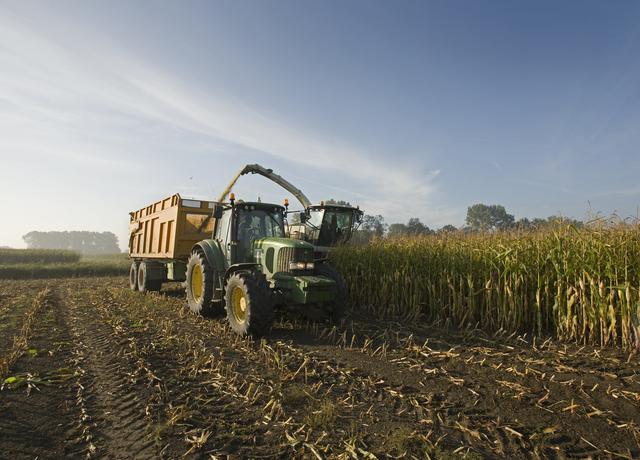Agriculture
Although a reasonably small number compared to overall insolvencies, there’s an increasing trend in the Agriculture sector.
- 24 insolvencies in Q2 2023 is a 29% increase on Q1 2023 and a 25% increase compared to Q2 2022.
- Total insolvencies in the year to date June 2023 of 41 is a 40% increase over H1 2022. By way of comparison, the average number of Pre Covid-insolvencies in the 6 month data 2016 – 2019 is just 14.5 so the current trend is a considerable increase.
UK Agriculture has dealt with a number of headwinds including increased input prices (seed, fertilizer, insecticides, etc) cancelling out any impact of rising grain prices at the farm gate. Labour availability and costs have also impacted and, from last year, the loss of EU subsidy payments following Brexit.
Food Manufacturing
In food manufacturing, there is also a steadily increasing trend.
- 60 insolvencies in the second quarter of 2023 is a 23% increase on Q1 and a 48% increase on Q2 2022.
- In the first 6 months of 2023, 106 insolvencies is a 42% increase on the first six months of 2022.
The manufacture of bakery products is still a large contributor to the numbers. As well as 18 insolvencies in the production of meat products however that compares to just one in the first six months of 2022 and the number of insolvencies in Q2 was double that of Q1. Food manufacturing continues to suffer from the lag in rising commodity prices and passing on those additional costs, as well as energy and labour, to their customers. For those businesses that have borrowed to either invest or grow, they’ll now be facing increased interest costs, so it’s a tough outlook here unless companies are able to match better commodity costs to sale price and become more efficient.

Food Wholesale
Conversely, food wholesale seems to be showing the start of a falling insolvency trend .
- 41 insolvencies in the second quarter 2023 representing a 34% reduction on Q1 and a 22% reduction compared to Q2 2022.
- However, the 96 insolvencies recorded in the first six months is a 20% increase over the first six months of 2022.
Hospitality
The Hospitality sector remains under pressure and insolvencies are still on the rise.
- The second quarter of 2023 saw 914 Insolvencies, a 7% increase on Q1 2023 and a 33% increase on the same Q2 in 2022.
- The sector so far this year has witnessed 1,764 insolvencies, up 31% on the first half of 2022.
The largest share of insolvencies is very much in the restaurant arena. Of the 914 insolvencies in the quarter, 599 were restaurants taking the total number at the end of the first six months of 2023 to 1,138 – a third more than the first half of 2022. The number of hospitality sector insolvencies in the first half of 2023 is nearly 15% of the overall number of insolvencies recorded in the first half of this year whereas it was just over 11% of the total insolvencies in the first half of 2022. Against a background of continued high inflation, particularly in food, eating and drinking out is increasingly becoming a luxury and the outlook here is continued high levels of insolvencies.
Travel
The travel sector (travel agencies and tour operators) seem to have shaken off the ravages of Covid and are very much reversing the insolvency trend.
- There were still 13 failures in the second quarter of 2023, but that was 62% down on the first quarter and 50% down on the same Q2 in 2022.
- Just 34 failures in the first half of 2023 is three quarters down on the first half of 2022.
We anticipate the return of the travel sector to start being reflected in improved financial statements in the coming months.
Travel and Storage
Finally, the travel and storage sector show increasing insolvency trends.
- 239 insolvencies in Q2 2023 is a 17% increase on Q1 and a 24% increase on the same Q2 2022.
- The first half overall has seen 437 Insolvencies, up 16% on H1 2022.
Within the sector, the majority of claims come from freight transport by road, which has seen 233 insolvencies, up 17% on H1 2022. Diesel costs have also had an impact although likely on a lag basis, and with prices coming down from last year’s highs following the Russia / Ukraine conflict, there’s potential for some easing in the latter half of the year. Driver shortages have largely, but not completely, been resolved but that has been at an additional cost. Air and water Transport see very little in terms of insolvencies, just 7 and 9 respectively, similar to H1 2022.



